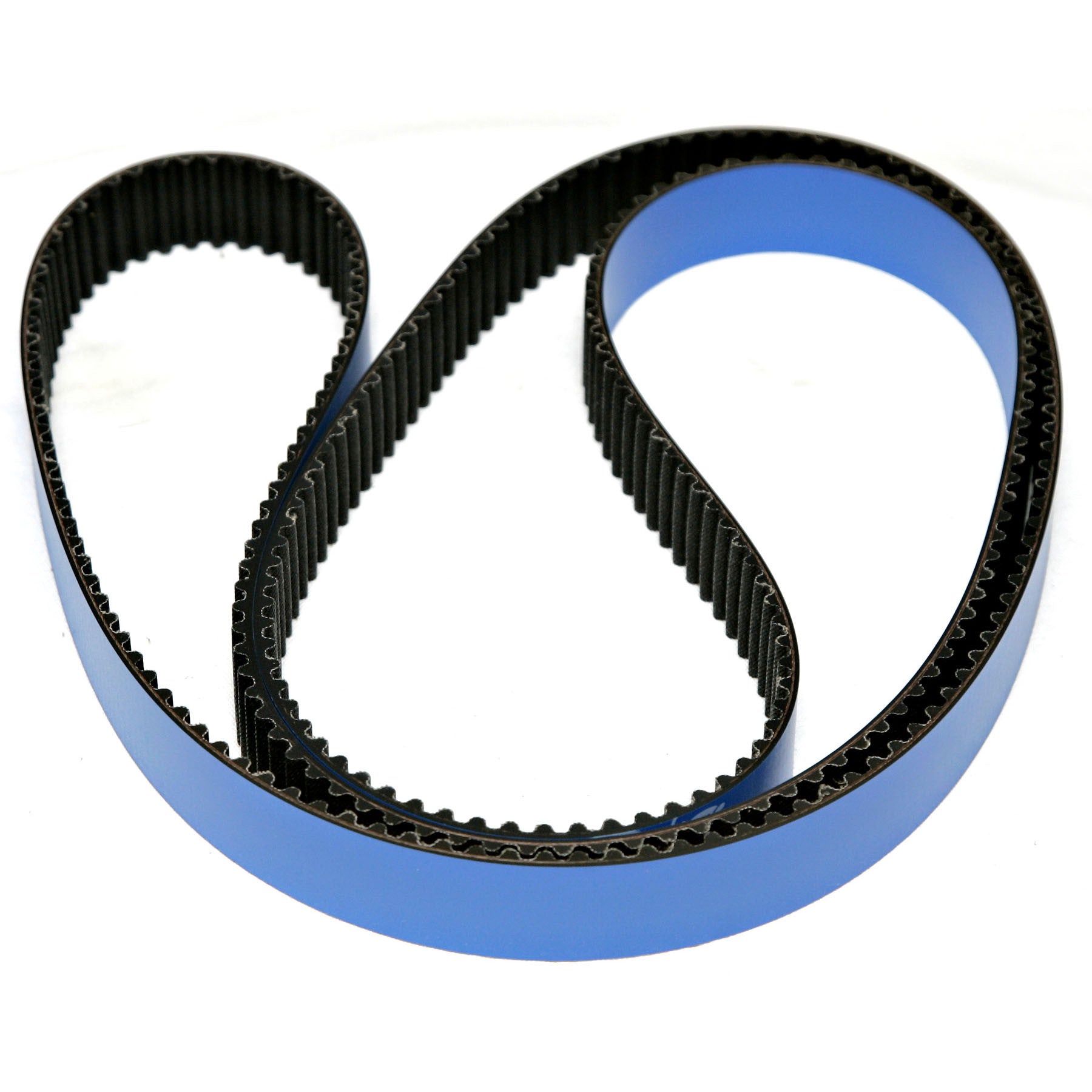

#CAR TIMING BELT MANUAL#
If your owner's manual doesn't let you know when you need to have your timing belt changed, your Toyota may not have a timing belt at all. However, it's still cheaper than rebuilding an engine. Because of this, timing belt replacements tend to be some of the more expensive services your car will need. This takes hours of labor, and requires exceptional skill. Finally, they will reassemble the engine. Afterwards, they'll need to set the proper timing and test it to make sure the belt is working as it should. They'll check seals, pulleys, tensioners, and more, before removing the old belt. To replace the timing belt, technicians have to dismantle a significant part of the engine, which takes time. Why is this? Changing the timing belt on a vehicle is a long and labor-intensive process. But call any place and ask for an estimate on replacing a timing belt and it will be hundreds of dollars. The timing belt itself is a simple rubber belt, and you'll find that the component itself isn't all that expensive.

Doing otherwise is taking an awful risk.Ģ. It's for this reason that it's vital to get your timing belt replaced when your owner's manual recommends. Often, a timing belt will simply break with no warning. However, these symptoms are easy to miss, and hard to properly diagnose (since they can be caused by other problems, as well). There may occasionally be some small signs, like a ticking noise that might come from the engine. Sadly, there usually aren't any symptoms that a timing belt is going to fail. This is incredibly expensive to repair, and can sometimes cause enough damage that it might make sense to get a new engine-or a new car-rather than repair the damaged one. The pistons are likely to move up and strike the valves while they're still open, and that results in serious damage to a variety of internal engine parts. But things are different in interference engines. In a free-running engine, this would lead to reduced engine power and eventual stopping of the engine entirely. The synchronization of the crankshaft and camshafts means that this shouldn't happen-but a broken timing belt means that these two parts will no longer be synchronized. The trade-off is that the valves and the pistons would occupy the same space in the cylinders if the valves were open and the pistons fully extended. These engines allow the pistons to create even more compression, producing more powerful and more efficient engines. However, most modern engines are interference engines. In these engines, the pistons and the valves never occupy the same space in the cylinder. Older vehicles used free-running or non-interference engines.


 0 kommentar(er)
0 kommentar(er)
